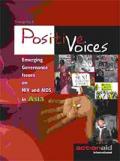Publications on People Living With HIV (PLHIV)
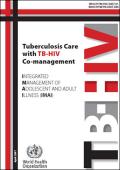
Resource | Guidelines,
This guideline module is for use in caring for patients with TB disease at first-level health facilities (health centres and the clinical team in district outpatient clinics) in countries with high burden of HIV. It addresses the care of both HIV-positive and HIV-negative patients with TB disease.

Resource | Presentations,
This is a presentation on results obtained from the implementation of the project, "A comprehensive intervention based on peer education for injecting drug users" in Lang Son. The objective of this project is to restrain HIV/AIDS epidemic within IDUs and from this group in to community in Lang Son.
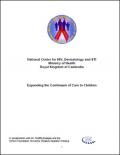
Resource | Publications,
The Clinton Foundation HIV/AIDS Initiative (CHAI) is committed to supporting the government of Cambodia to expand pediatric HIV/AIDS care in Cambodia as outlined in the Memorandum of Understanding between CHAI and the Ministry of Health. This concept paper is a first step to try and achieve that goal.
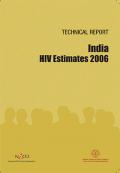
Resource | Publications,
A systematic and consultative HIV estimation process has been ongoing in India since 1998. During the year 2005–2006 a series of activities were initiated to improve the estimation methodology, and the input data base for estimation has been enriched with the availability of multiple data sources.
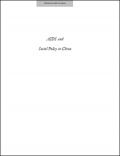
Resource | Publications,
It is hard to avoid making grand statements when writing about AIDS and China, especially now that news magazines across the globe speak of the twenty-first century as “the Chinese century.” Even without the hyperbole, how the world’s most populous nation responds to AIDS obviously has great consequences for the future of public health.
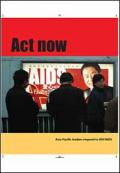
Resource | Publications,
Asia-Pacific countries have reached a critical point in their response to HIV/AIDS. Until now, levels of HIV infection in most countries have remained relatively low and the response of most governments has been similarly low-key. The region’s HIV epidemics, however, are accelerating. A million Asian and Pacific people became infected with HIV last year and more than half a million people died of AIDS. The figures will be higher in 2004.








